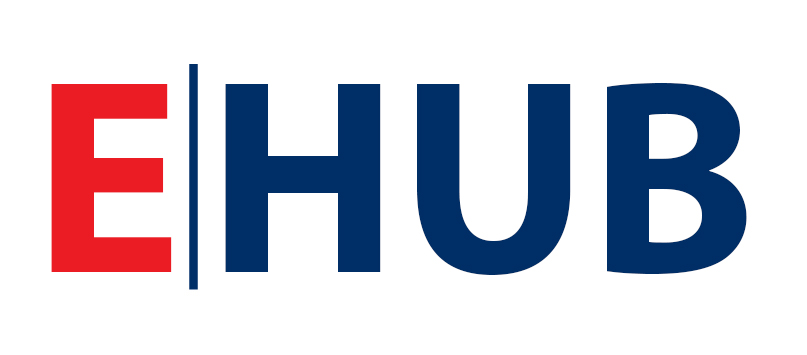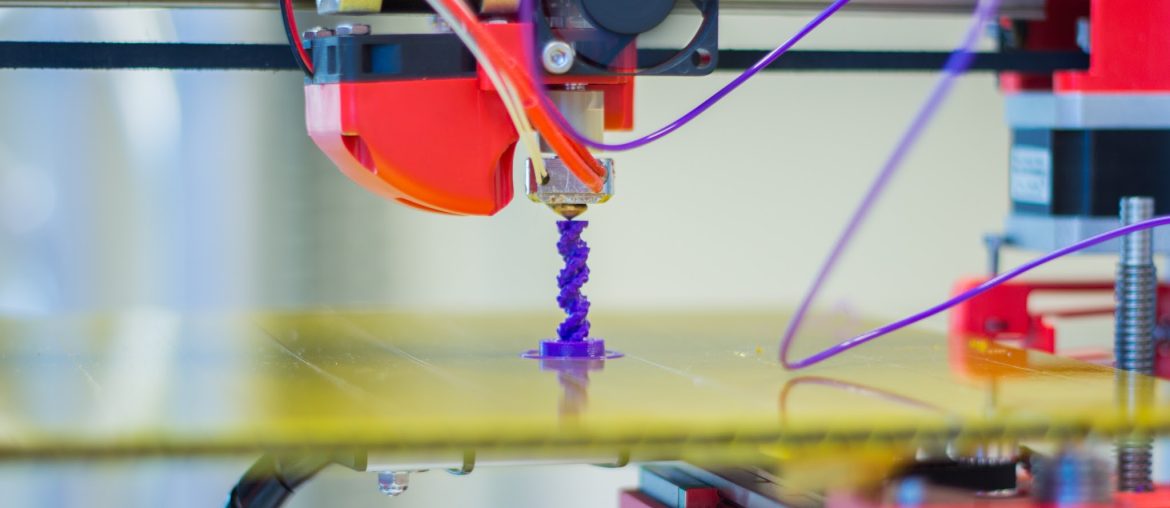The emergence of affordable three-dimensional (3D) imaging and printing technology is revolutionising the medical field, offering several advantages to medical science academics and clinical practitioners. In South Africa, the use of 3D imaging and printing technology in the medical field is still relatively new, but there are significant benefits to learning and using this technology.
One of the primary benefits of 3D imaging, is access to large databases for research and the preservation of biological material. This is according to Dr Alison Fany Ridel, Enterprises University of Pretoria workshop lecturer in Post-Processing of 3D Images, who said that the ability to create identical copies of 3D models from scan data allows for more effective research, education, and pre-operative planning. Additionally, opportunities for clinical practitioners and researchers to engage with anatomical and skeletal material provide an added level of accuracy and detail that cannot be achieved with traditional 2D imaging.
Furthermore, current 3D-imaging software allows for the creation of meshes which can be 3D printed. 3D-printing technology allows for the creation of complex shapes and the combination of solid and porous sections to provide models that have optimal strength and performance. As bones are generally monochromatic and made of hard tissue, they are an accessible component of the human body to be duplicated in a 3D model with high levels of accuracy, preserving both visual and haptic values of the natural tissue.
In South Africa, the lack of expertise in 3D post-processing images and collecting data from these images has hindered research in health sciences faculties. The Post-Processing of 3D Images Workshop, offered through the Digital Anthropology Services (DAS) platform at the University of Pretoria, aims to bridge this gap by training medical practitioners, dentists, and researchers in the discipline of health sciences, bioengineers, computer scientists, radiologists, maxillofacial surgeons, orthopaedics, and more in the post-processing of images for research, education, and pre-operative planning. Delegates who complete the workshop will be awarded certificates of attendance by the University of Pretoria. Three CPD points will be awarded at the end of the five-day session.





